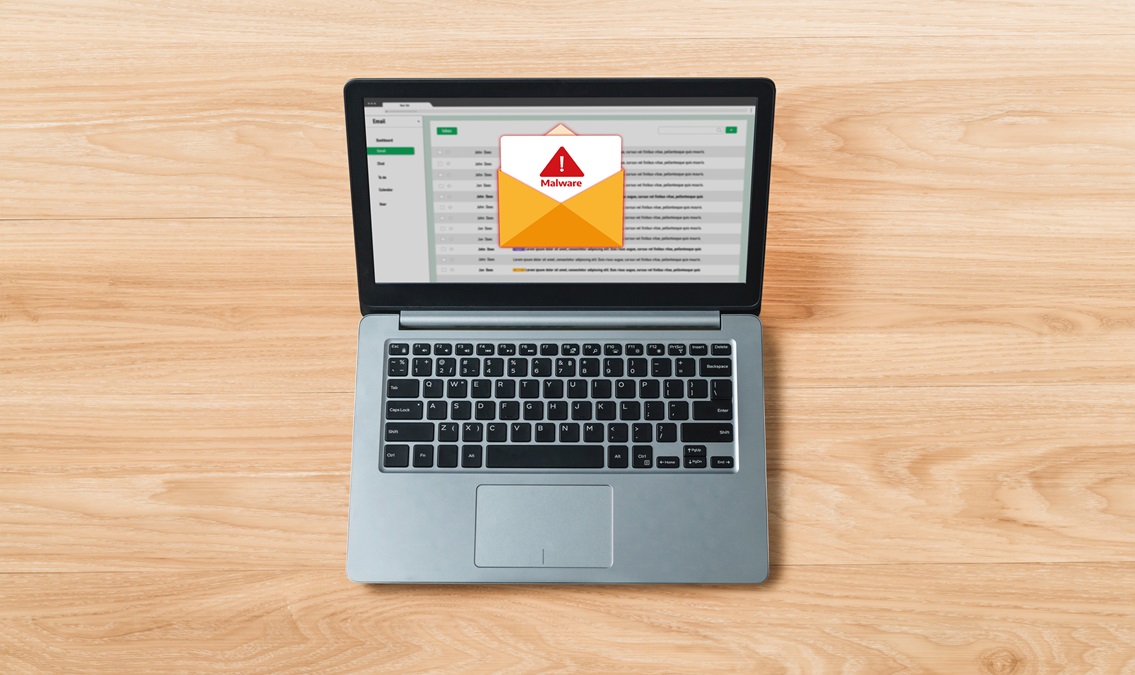As cyber threats continue to evolve, organizations need to remain vigilant and adaptive. Cybersecurity landscape assessment is a crucial tool that helps businesses understand the security risks they face in today’s complex digital world. By offering a thorough evaluation of current systems, vulnerabilities, and emerging risks, this assessment equips companies with the insights necessary to strengthen their defenses and stay ahead of potential threats.
What Is a Cybersecurity Landscape Assessment?
A cybersecurity landscape assessment is an in-depth analysis of an organization’s security environment, encompassing internal vulnerabilities, external threats, and industry-specific risks. This evaluation aims to identify gaps in defenses, understand potential risks, and recommend strategies to mitigate threats effectively.
Unlike routine security audits, this assessment takes a broader perspective, considering trends in cyber threats, technological advancements, and regulatory requirements that impact the organization’s overall risk posture.
Why Is Cybersecurity Landscape Assessment Important?
- Identifies Hidden Vulnerabilities:
The assessment reveals weaknesses that standard audits might overlook, offering a deeper insight into the organization’s defenses.
- Evaluates Emerging Threats:
By analyzing global and industry-specific trends, it helps organizations prepare for evolving cyber risks.
- Enhances Resource Allocation:
Understanding the landscape enables prioritization of investments in the areas that need it most.
- Strengthens Compliance:
It ensures the organization’s security measures align with regulatory and industry standards.
- Supports Strategic Decision-Making:
Insights from the assessment guide long-term planning and enable proactive rather than reactive security measures.
Key Components of a Cybersecurity Landscape Assessment
- Threat Analysis: Evaluate potential external and internal threats, such as ransomware, phishing, insider threats, or supply chain vulnerabilities.
- Vulnerability Identification: Examine IT infrastructure, applications, and processes to identify exploitable weaknesses.
- Compliance Review: Assess adherence to regulations like GDPR, HIPAA, or PCI DSS based on industry requirements.
- Technology and Tools Evaluation: Review the effectiveness of security tools, such as firewalls, endpoint protection, and intrusion detection systems.
- Risk Prioritization: Rank risks based on their potential impact and likelihood, enabling targeted mitigation strategies.
- Benchmarking: Compare your security posture against industry standards and peers to identify areas of improvement.
Conclusion
A cybersecurity landscape assessment is an essential step toward building a robust security strategy. By identifying vulnerabilities, evaluating threats, and aligning defenses with industry standards, organizations can stay ahead of attackers and safeguard their assets effectively.
For expert assistance in conducting your cybersecurity landscape assessment, connect with Terrabyte to navigate today’s complex digital world.





